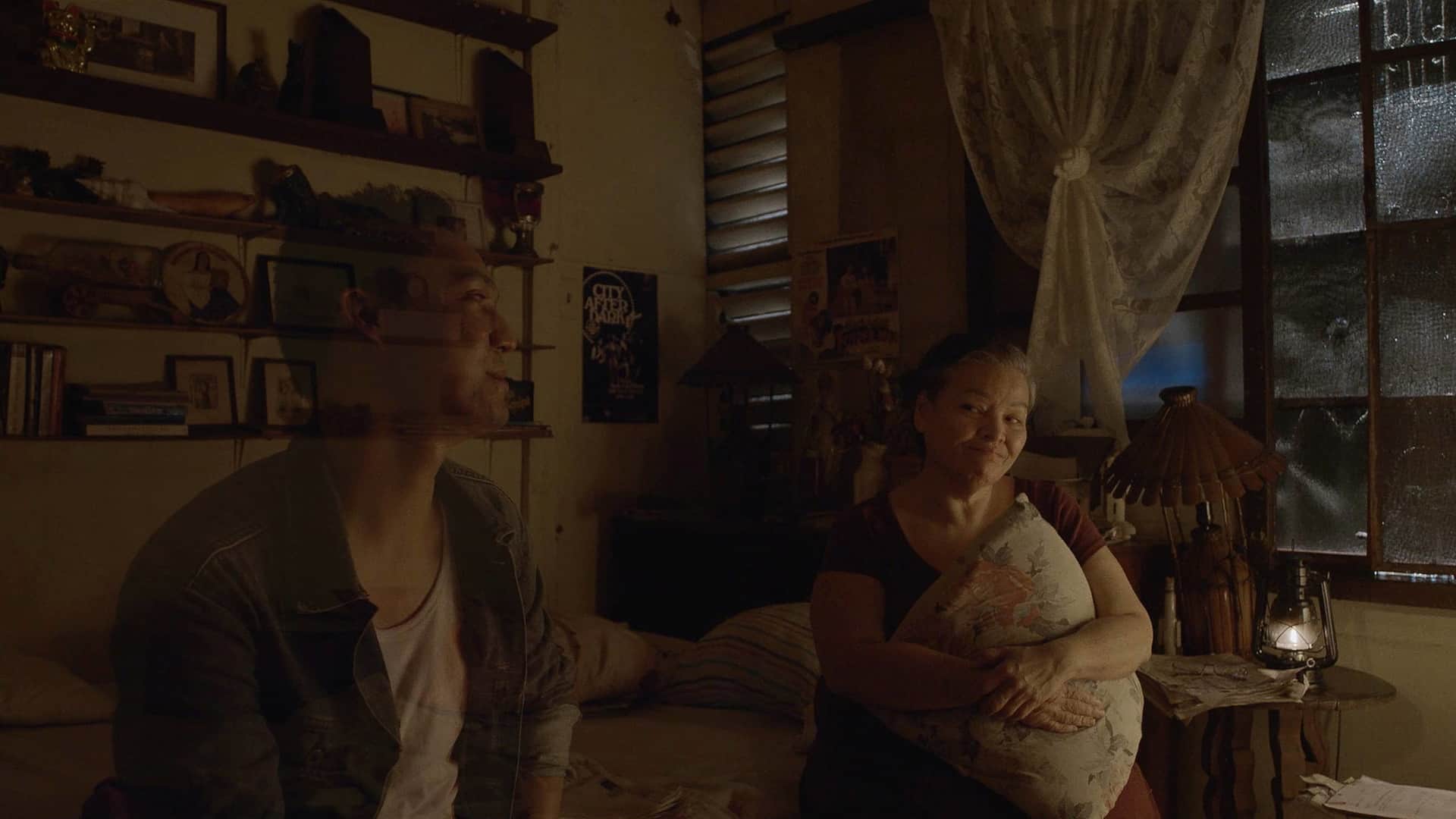By Ella Hermonio
A marital plot with a psycho vibe and a Romeo and Juliet twist, “The Housemaid” tells a classic domestic tale with a strong undercurrent about the postcolonial Korea which bore it.
This article is part of the Asian Cinema Education Film Criticism Course 2021

This 1960 Kim Ki-Young masterpiece features the home of a lovesome piano teacher's family of four who is about to move to their new and bigger house. As their life gets better with their hard work, his wife unfortunately becomes sickly and in need of additional help to manage the household. As they try to sustain their new lifestyle, their peaceful family gets disrupted, little by little, with the arrival of their new housemaid, a docile yet quite cunning woman.
The new helper, played by Lee Eun-sim, shows at the onset a contrasting personality from the urbane family she works for. Obedient yet rough in manners, she gives a perfect portrayal of a devious helper and a sly paramour. Her small, almost-innocent face, unsettled hands, restless eyes, and coy steps make her look like an easy pushover, but she would definitely bite back when stepped on. Her switching naivety and resistance exude suspicious intent and sincerity in her conduct. Meanwhile, the married couple, played by Kim Jin-kyu and Ju Jeung-ryu, complement her lowkey wickedness with their virtuous lives as her superiors—a seeming facade for the spouses' inherent and repressed passions. The husband and, most especially, the wife, deploy their own schemes to assert command over the two-storey space they all share. All three are covetous in their own ways as they struggle against each other to claim and defend their personal and sexual desires inside a house that contrasts with the outside world, soaked in rain that never stops. A lot of stormy nights shut them all together under a tense and crowded roof.
The push and pull of desire drive the characters to a roller coaster ride. From the piano student, to the maid, and the wife, emotions are used as a tool for extorting and taking advantage of their object of passion. The female characters' lust coerce the infirm male lead to submit to their yearnings. In turn, the sought-after piano teacher dilly-dallies to wherever his urges bring him. Each persona only wants the taking without any giving in their many manipulative exchanges.
The characterizations and plot seamlessly allegorize the postcolonial and post-war experience of South Korea. Cues of the romanized “decaf coffee” label on the kitchen counter and the “White King” text on a wall poster, along with the hula dancing on the couple's prized brand new television, subtly symbolize from the background, America's role in the nation's history. Guised as an aid towards the independence of a united peninsula, Korea has instead become a stepping stone for a world power to keep its geopolitical footing in East Asia, very close to its adversaries. Similar to the entry of the new maid in the piano teacher's household, a foreign entity underhandedly decides the fate of a nation—in the film's case, a family—but at what cost?
Kim's direction creatively blankets this theme with the intense exchanges of domestic turmoil. The two women, who were initially introduced to be tied on their garment-making and traditional gender roles, strongly tug the confused husband towards their own sides all throughout the film. Women here somehow subvert the seat of power inside the society's basic unit. The morally upright man, meanwhile, sinks to his primitive and visceral nature as his control over the household goes out of hand. Power struggle reigns in the house that they all want to gain influence over.
The limited setting and area of just a few rooms and corridors are also masterfully utilized and harnessed to present the sphere of power each character had. The wife's bed and workspace occupy the ground floor where propriety and domesticity is kept, while the maid takes over the higher floor where the surreptitious infidelity unfolded. All the while, the husband swings to and from each of their bases, trying to quell the two bombs waiting to explode. An apparent world war confined in a two-storey home.
Most importantly, the best view in the house for these domestic duels is the stairway. Different levels of perspectives and up-and-down movements from the top platform to the bottom step deliver passionate and pivotal moments in the film. From how the maid looks down at the couple downstairs to how scuffles and deaths are spelled on those steps, the stairs serve as an ingenious battleground to who gains the upper hand over whom.
Camera placements around the house also lead the viewers on how to peek into these adulterous affairs. From the slow opening of sliding doors to the shots from outside the rain-drenched windows, we all become voyeurs to these intense domestic tussles, as if also reflexively maligning our morals like the characters we continue to watch. Richer layers are further offered by the breathtaking composition of mise-en-scenes: how the ones at the foreground are almost literally haunted by what is behind them.
Adding to the tense ambience is the clever use of the piano as a diegetic source of scoring. From chilling to sarcastic and even ominous, not only does the instrument serve for the husband's characterization, but the music is also played aptly on what is happening to whoever is playing on the scene. The incessant rains and loud thunderstorms outdoors, especially during key moments in the plot, also became useful elements in segueing moods and conflicts throughout the narrative.

As the narrative ends, the epilogue leaves a quirky punch to sum up the film's backdrop: how an object of desire is only but a high mountain to conquer, and overly obsessing on it could lead to one's downfall. Like how an intruding foreign power can dictate over and feed from other nations' internal conflicts only for its own benefit, regardless of the future repercussions to those nations' fates and people.
Affirming its historical importance to Korea's film scene, “The Housemaid” was digitally restored by the Korean Film Archive in 2008 in association with The Film Foundation, founded by American actor-director Martin Scorsese. They later released a DVD box set in 2013 that included the film's restored version. Kim's fondness of its core story also made him remake it into two more films: Woman of Fire (1971) and Woman of Fire ‘82 (1982). Meanwhile, five decades after The Housemaid's maiden release, Korean director Im Sang-soo revived it in 2010 for his modern and more explicit take of the classic tale. While another decade after—just in 2021—Filipino director Roman Perez also adapted the film bearing the same title.
Though a seemingly simple and mundane domestic tale that can be told a hundred times over, the craftsmanship that bore “The Housemaid” elevates the postcolonial masterpiece to an imperial cult classic.
















